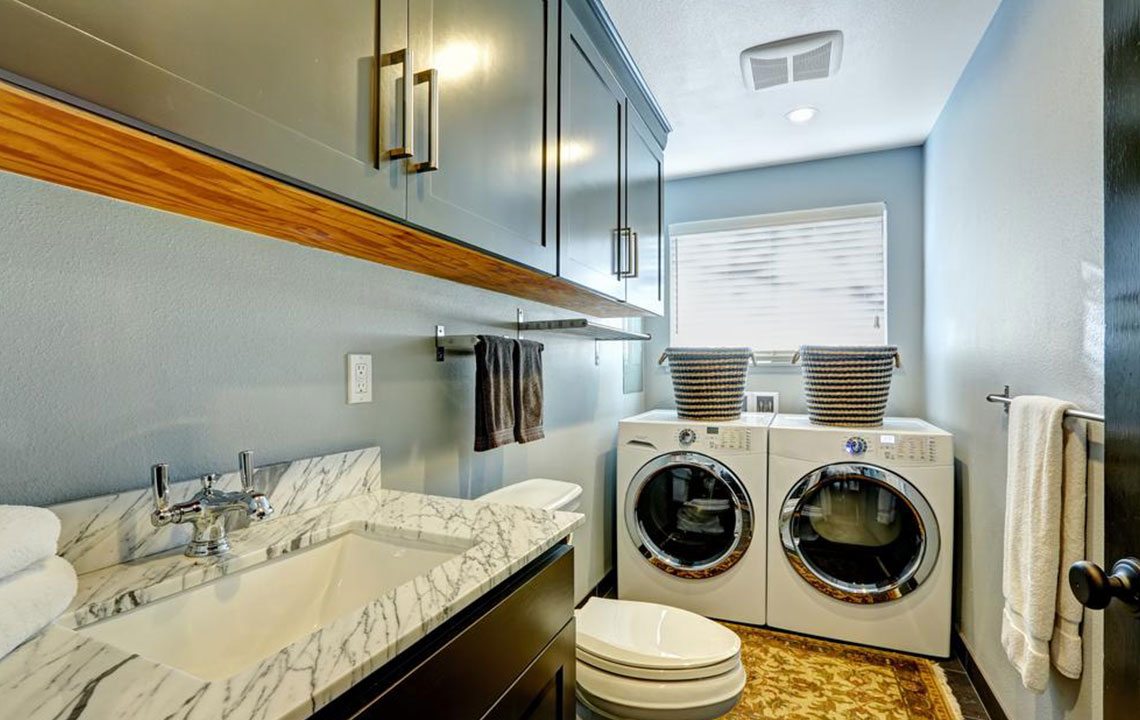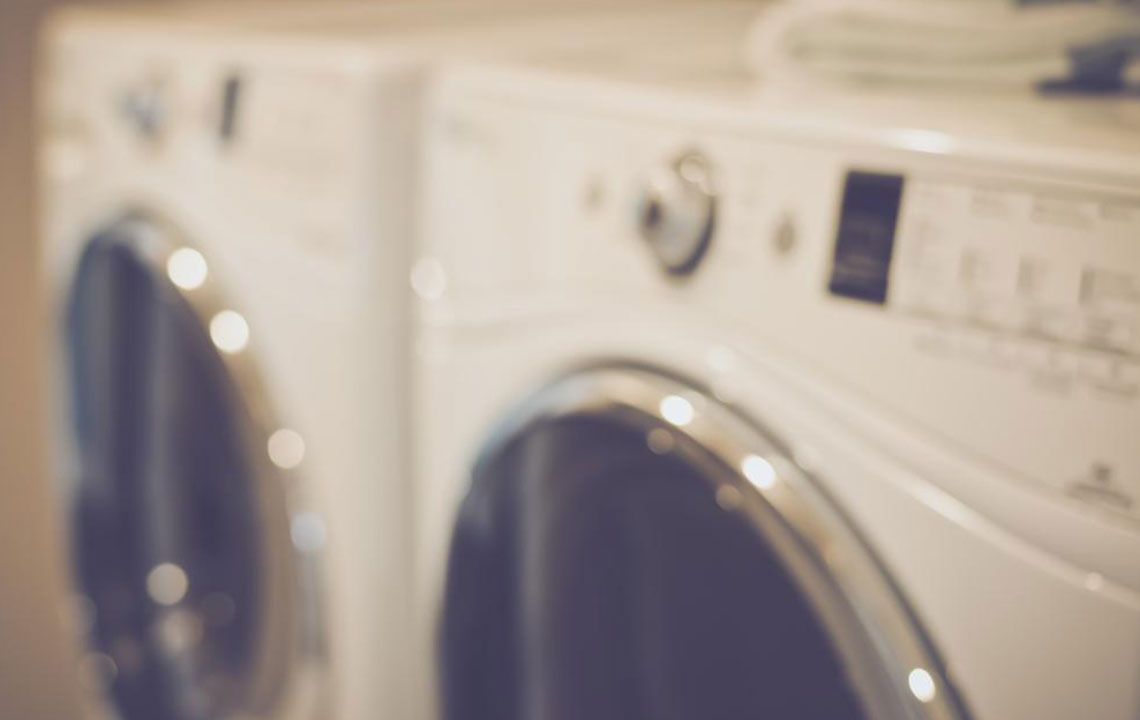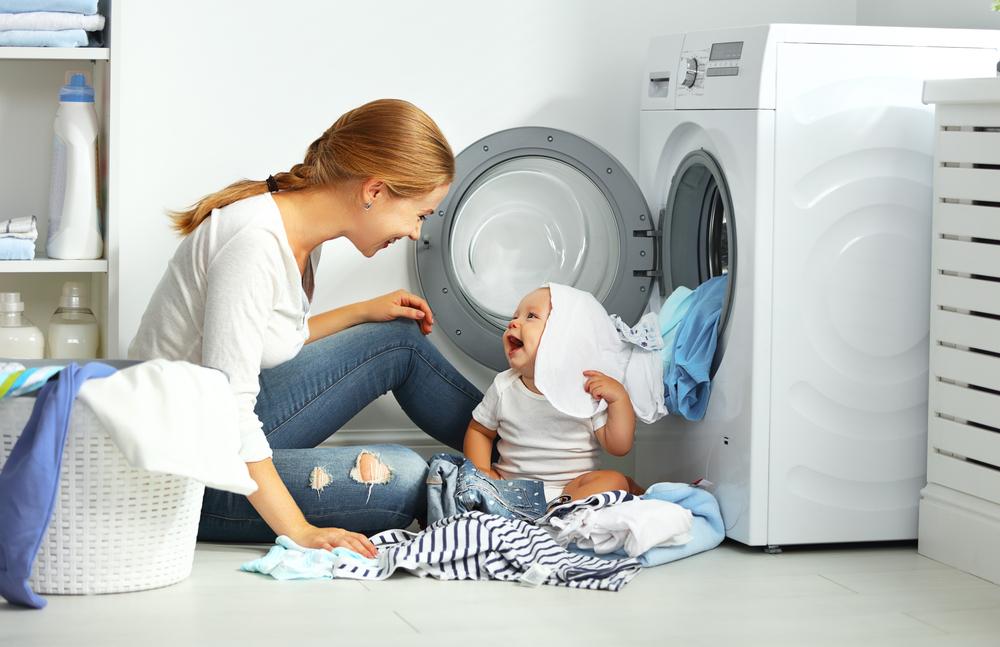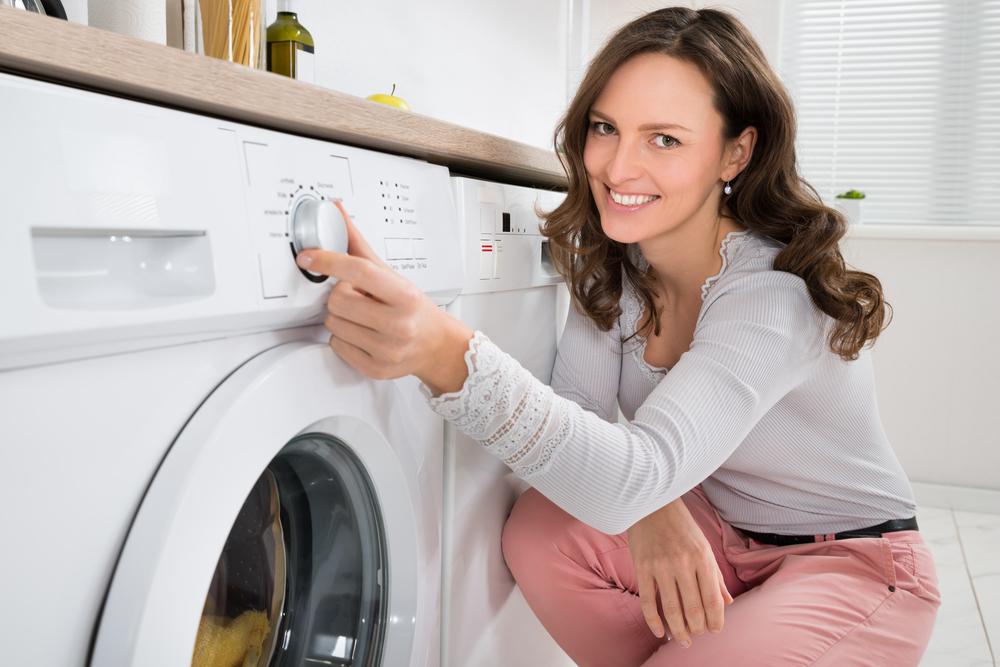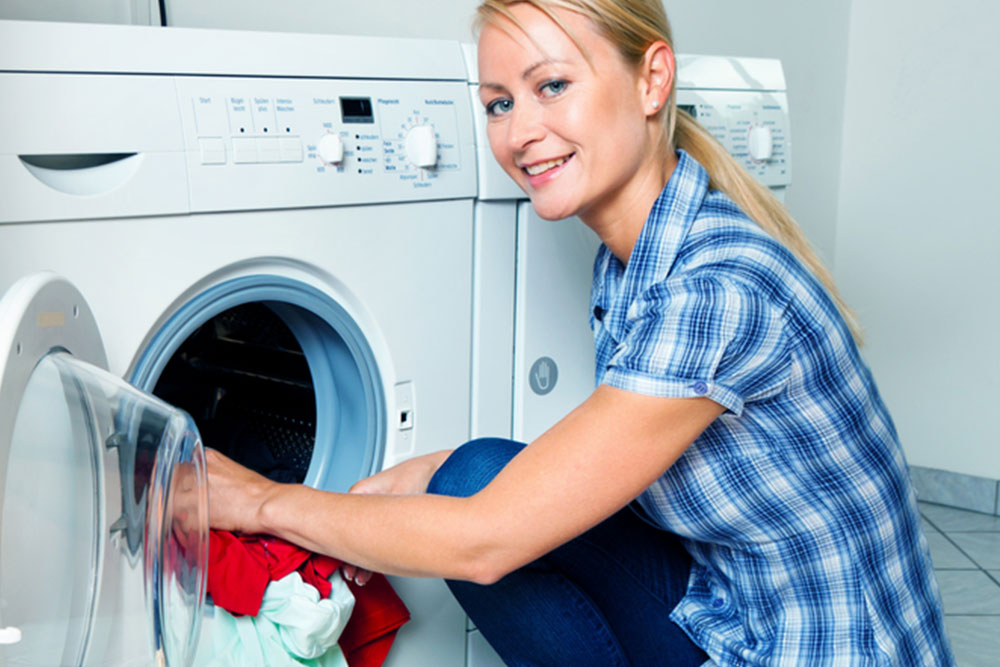Guide to Different Types of Laundry Washers and Their Benefits and Drawbacks
This comprehensive guide explores different types of laundry washers, highlighting their advantages and disadvantages. It helps consumers choose the best washer suited to their needs and space constraints, covering front load and top load models. The article emphasizes features, efficiency, and convenience, assisting readers in making informed decisions for their laundry needs.
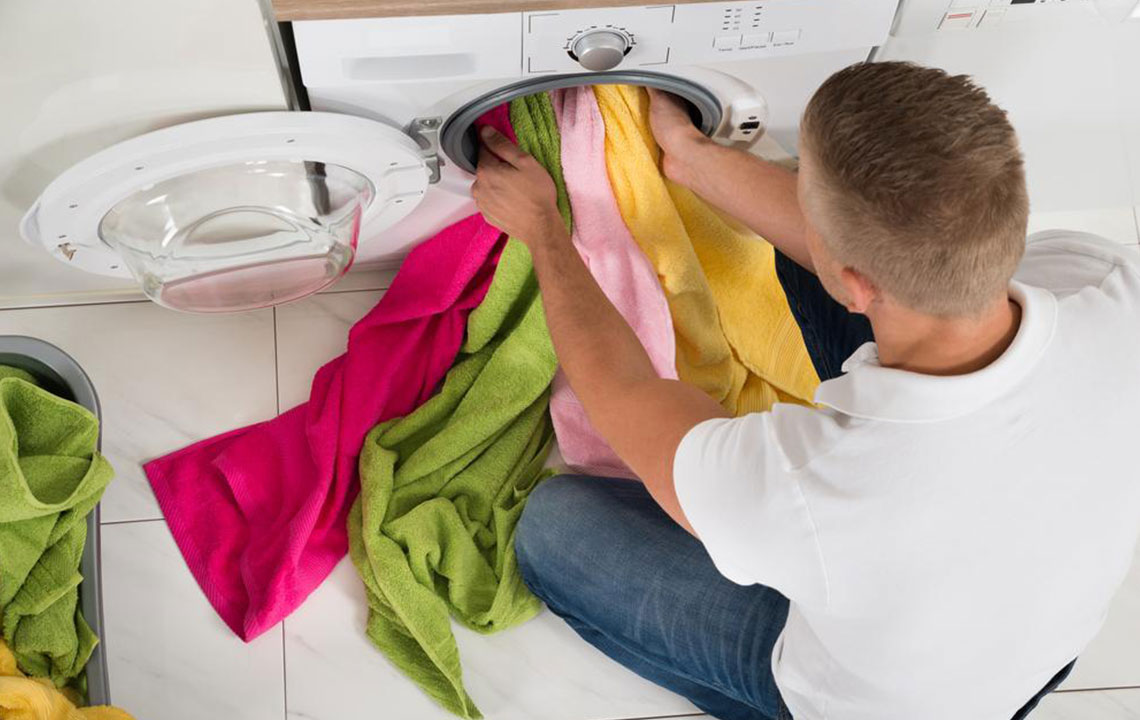
In today’s fast-paced world, technological advancements aim to simplify daily chores. Among these innovations are washing machines, including traditional washers, combined washer-dryers, and smart appliances designed to streamline laundry tasks. Selecting the ideal washer depends on individual needs and space constraints. Laundry machines come primarily in front load and top load configurations, each offering unique advantages.
Let’s explore the benefits and disadvantages of front load washers first.
Front load washers are perfect for compact laundry rooms, as they fit easily into smaller spaces. They usually have longer wash cycles but utilize advanced technology and customizable settings. Features like high-speed spin cycles effectively remove excess water and aid stain removal. They also tend to use less water, making them budget-friendly. However, as with any appliance, they have some drawbacks.
Switching to top load washers, these units have shorter cycles and produce less vibration. Their control panels are simple to operate, and they allow you to add forgotten clothes during a wash. They require more space but offer convenience through additional features. Ultimately, choosing the right washer depends on your specific needs and budget, making it easier to find the best option available.
Disclaimer:
The information on our blog covers various topics, providing helpful insights based on thorough research. Readers should view these articles as guidance, not definitive solutions. We cannot guarantee the accuracy or completeness of all data, nor are we responsible for discrepancies across other sources. Additionally, promotional offers or schemes beyond our coverage may be available.

